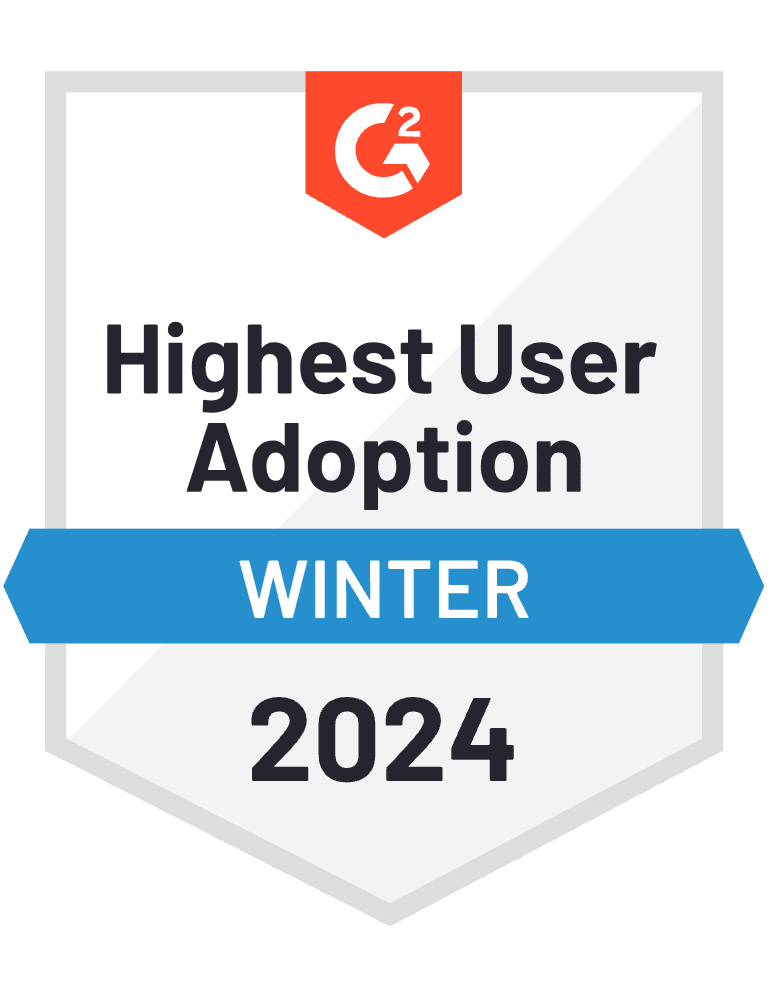Compliance made easy
SOC 2 for Cloud: Faster Compliance = Bigger Deals
SOC 2 has always been closely tied to cloud businesses, especially in the SaaS infrastructure. It has almost become a necessity that cloud companies can no longer overlook. In a real scenario, we may consider it a checkbox, but the real winners are those who see it as an operational advantage. Read on to see how SOC 2 can work for your cloud business, not just against your deadlines.




What is SOC 2 for Cloud?
SOC 2 for cloud is a cybersecurity certification that proves that the business takes measures to protect data privacy and the interests of its users and clients.
The American Institute of Certified Public Accountants (AICPA) built SOC 2 (Service Organization Control 2) around five Trust Services Criteria: security, availability, processing integrity, confidentiality, and privacy.
The SOC 2 framework guides cloud businesses in designing and operating their cloud systems to prevent unauthorized access, data leaks, and service disruptions.

Why is SOC 2 important for cloud?
SOC 2 is important in the cloud because data in cloud systems is constantly in motion. The framework provides third-party validation of security and privacy controls around data management. It signals a provider’s commitment to safeguarding customer data and maintaining system reliability.
50% demand surge
Recognized across industries & countries
Trusted proof
Independent, third-party audits
Go-to-market edge
A trust booster in sales conversations
Stronger assurance
Reliable security posture
What are the different types of SOC 2 reports?
SOC 2 Type 1

Evaluates design of controls at a point in time

Snapshot audit – a single date or point of time

Shows controls are in place on the date of the report

Often used by early-stage companies or first-timers

SOC 2 Type 2

Evaluates design and operating effectiveness over time

Observational audit – typically 3 to 12 months

Shows controls are working consistently

Preferred by mature businesses and enterprise customers
Should cloud businesses go for all Trust Services Criteria?
Cloud businesses often start with the Security Trust Services Criteria (TSC) and add other criteria as they grow to fit their business needs based on their services and customer requirements.
Security (Mandatory)
It is mandatory for all SOC 2 audits and forms the foundation for other criteria.
Confidentiality
Applies if sensitive data must be protected under NDAs or customer agreements.
Privacy
Should be included if your services involve storing or processing PII.
Availability
Particularly relevant if downtime impacts customer operations significantly.
Processing Integrity
Vital if your business handles critical transactional processes.
But what about the timeline and costs?
As a cloud business, if you’re following the manual route for SOC 2 compliance, here’s what the timeline and costs would look like:
Typical SOC 2 timeline
Risk assessment: Takes about 1–2 weeks
Policy setup: Usually completed within 2–4 weeks
Employee training: Can take 4–8 weeks
Control testing & evidence Collection:
SOC 2 Type 1: Typically 1–2 months
SOC 2 Type 2: Requires a 3–6 month observation period
Auditor engagement: Initial coordination and prep work takes around 2–4 weeks.
Support & maintenance: Ongoing work to ensure controls remain effective and up-to-date.
Total time: A ballpark of 4-8 months
Typical SOC 2 costs
Pre-audit expenses
Includes costs for activities like employee training, internal assessments, evidence collection, and security consulting.
Estimated Range: $30,000 to $50,000+
Audit costs
For small and mid-sized businesses, type 1 can cost $8000-$12000 and type 2 can cost $15000-$40000 when you choose boutique and mid-tier audit firms.
Note: Non-inclusive of ongoing maintenance

SOC 2
The founder of Dassana faced problems with implementing SOC 2 controls because of time complexities and costs. But, with Sprinto, they cracked SOC 2 audit readiness in just three sessions with the Sprinto team.
Steps to implement SOC 2 for cloud
The steps for implementing SOC 2 for cloud businesses are fairly straightforward:
1
Scope cloud systems and data flows
Your focus must be on the specific cloud systems that handle sensitive customer data. This includes compute instances, databases, APIs, storage buckets, and third-party integrations. The goal is to showcase the parts of your architecture that matter to customers, not the entire infrastructure.
2
Identify risks and control gaps
Conduct risk assessments to discover vulnerabilities in your cloud system, such as misconfigurations, unrestricted access, and lack of logging. Assess risk impact and analyze it for occurrence likelihood. A gap analysis will further identify missing or weak controls.
3
Define policies and fix vulnerabilities
Draft cloud-relevant policies covering areas like IAM, encryption, incident response, change management, and vendor risk. Then, based on your gap analysis, implement controls like MFA enforcement, least-privilege access, encryption at rest/in transit, and continuous monitoring tools.
4
Train teams about cloud security
Targeted training must be provided for various business teams, such as engineering, DevOps, and support teams. Brief your personnel on SOC 2 requirements and all prerequisites for cloud security, including the cloud shared responsibility model, monitoring and logging practices, and their roles in maintaining compliance.
5
Get audit-ready with evidence
Ahead of the audit, prepare with all the required documents, such as config files, audit logs, screenshots, architecture diagrams, training records, and policy documents. A licensed CPA firm that has experience auditing cloud-native businesses can help you collect evidence.
6
Maintain continuous compliance
SOC 2 reports are valid for only 12 months, so maintaining compliance becomes critical. Set up automated alerts, perform periodic control checks, and keep documentation current. Auditors will require proof of compliance in the next cycle, as in the first one.
Benefits of SOC 2 for cloud
Builds customer trust
SOC 2 assures customers that your business properly protects their sensitive information and prevents unauthorized access. This helps build customer confidence and credibility.
Validate security measures
The SOC 2 report serves as a testament to your business’s security controls and their proper implementation. It demonstrates that your cloud operations follow best practices through independent, third-party verification.
Shortens sales cycles
Most customers you’ve encountered lately will require SOC 2 before signing contracts. Having the report in hand reduces friction in security reviews and speeds up procurement.
Enables scalable security
SOC 2 encourages the construction of standardized, automated controls. Complying with the framework makes it easier to scale your infrastructure securely as your product and team grow.
Speeds up vendor deals
As mentioned, a SOC 2 report serves as verified proof of your security posture. It allows you to skip lengthy security questionnaires and speed through vendor due diligence by giving partners confidence in your controls.
How Sprinto can make things easier for cloud business?
Cloud businesses will operate in a fast-tech environment, including containers, APIs, dynamic environments, and third-party integrations. It’s what makes you agile. However, that same agility can make SOC 2 compliance feel like a drag, especially when customers expect security assurance before signing on.
Sprinto was built for businesses like yours. Instead of compliance slowing you down, Sprinto helps accelerate compliance workflows and procedures while leaving room for scalability. The platform comes with 200+ integrations and supports 15+ frameworks. It can reduce the time to achieve SOC 2 compliance by at least 80%; here’s how:

Watch Sprinto in action and kickstart your journey today.
Frequently Asked Questions

Sprinto: Your growth superpower
Use Sprinto to centralize security compliance management – so nothing
gets in the way of your moving up and winning big.


